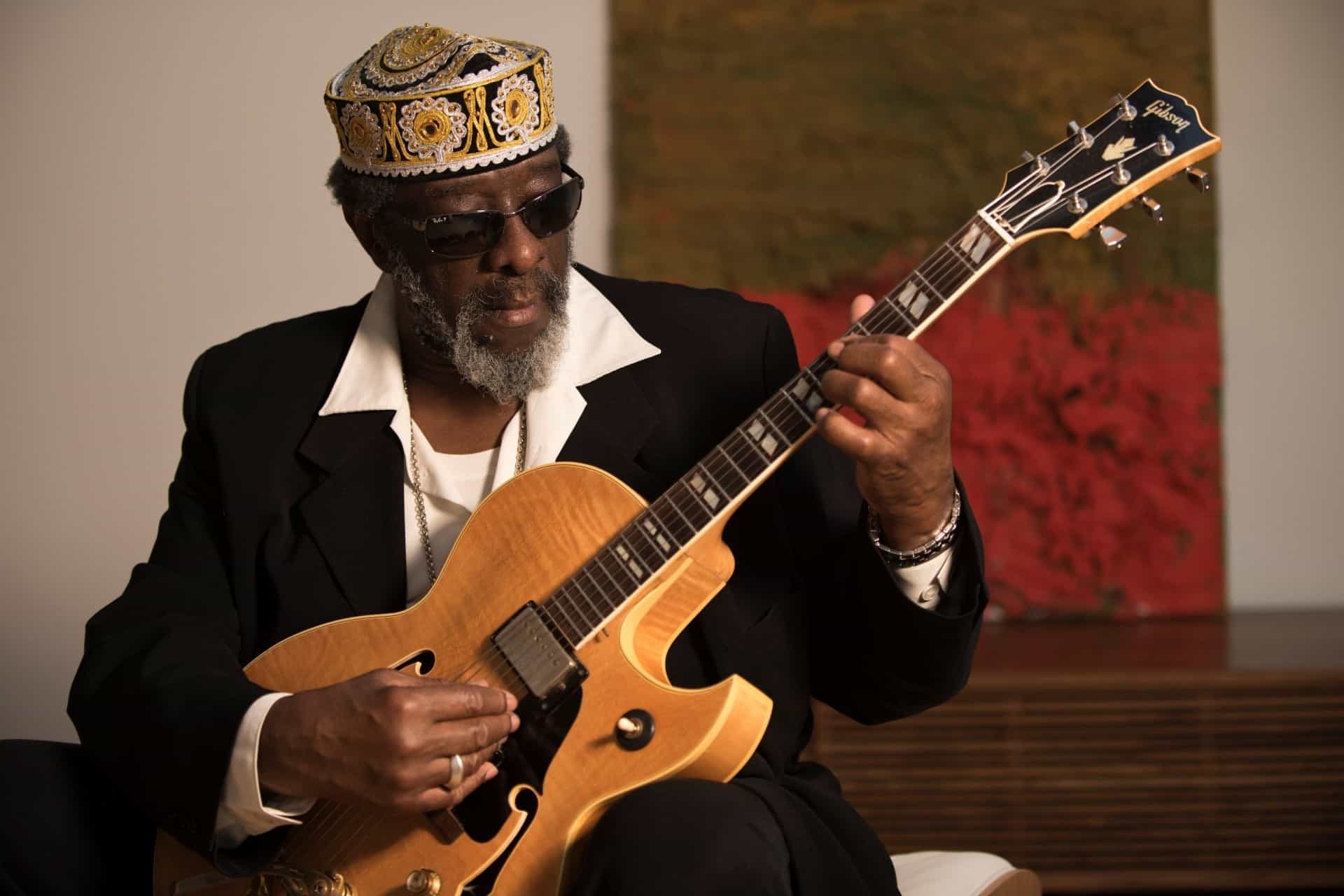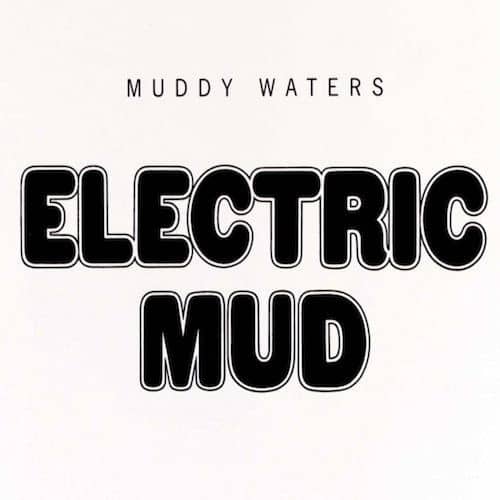In this giant international city where supposedly everything is available 24 hours a day, there is one thing that’s in short supply: live blues.
Where to go to hear the blues? B.B. King’s Blues Club closed in April, 2018, and Hank’s Saloon is now interred in the cemetery. You can try to stroll by 55 Bar on Christopher Street and check the sandwich board on the sidewalk, you can scan the jazz clubs to see when a blues musician might have been booked for a night – it does happen – but is there any blues club or venue, a place where you go because you want to hear the music and you know they’re going to be playing it there, where it’s the norm and not the exception, left in New York? That’s only partly a rhetorical question, because I’m looking too.
The blues has become like the Theory of Relativity, something that you know exists and is a part of everyday experience but that you never have to stop and think about (or listen to). If jazz is a niche music, than blues is a cult music. It has some specific regional centers, like Chicago; figureheads, like Buddy Guy and King, who you may be unsure are alive or dead; and obsessive chroniclers who exist as shady figures at the edge of the music itself, collecting records and preserving ancient lore. I’d wager more people read Hari Kunzru’s novel White Tears, about two young white men desperately searching for a legendary blues recording, in its release year of 2017 than actually listened to the music that year.
This despite the blues being alive and well. The autonomic view of music outside the public consciousness is that it’s over and done with, the classics are history, nothing’s happening. But Buddy Guy is still rolling along, something of a franchise now but still capable of two or three inspired tracks on whatever new record he puts out (his most recent, 2018, release is The Blues is Alive and Well. Yes indeed). Guy’s adopted hometown also boasts terrific musicians like the tough-minded Toronzo Cannon (his latest is The Preacher, The Politician or The Pimp), and the Cash Box Kings (their new album, Hail to the Kings!, opens with the jump-blues “Ain’t No Fun (When the Rabbit Got the Gun)”), both not only maintaining the classic sounds of Chicago blues but making songs about contemporary problems. Ronnie Earl continues to play elegant guitar; the phenomenal Gary Clark Jr. carries the banner of Texas blues around the globe, and refreshes the music with soul and hip hop. Benjamin Booker is making a personal and expressive blend of punk, gospel, and the blues, while Cedric Burnside, son of drummer Calvin Johnson and grandson of the late, great R.L. Burnside, is the sound of how young musicians hear the music of the Mississippi Delta in 2019. Christone “Kingfish” Ingram, who turned 21 this month, put out his debut album last year, Kingfish, fresh electric blues with contributions from the previous generations via Guy and Keb’ Mo’.
These musicians deserve the space taken up by the pyrotechnics of Joe Bonamassa and the Rolling Stones’ much-praised and utterly awful Blue & Lonesome. So much of the world seems to look at the buffoonery of old white men and reacts by wanting to be that way themselves, and conversely sees great black artists as literal token entertainment. An intense example of this is yet another album that is beloved by so many listeners and critics and is a complete sham, The London Howlin’ Wolf Sessions, with the great Wolf backed by Eric Clapton, Steve Winwood, Bill Wyman, and Charlie Watts. After the first verse of “Rockin’ Daddy,” Wolf is clearly bored by what’s going on behind him. The Stones themselves sound both cliched and lost while backing Muddy Waters on Live at the Checkerboard Lounge.
This is a sad state of affairs for music that is at the core of American culture. Without the blues, there’s no jazz, rock, soul, R&B, funk, and so much else. The blues is the single most important American musical form because is the foundation for everything that follows. It is also the ne plus ultra protest music of the exploited in America—that’s its raison d’etre.
And we’re all needing some protest music, aren’t we? Blues is protest on an individual level, it’s almost libertarian, and that might not make it right for any kind of mass movement. But it is sorely good for fortifying patience and endurance, the day-to-day fuel of life. The music’s two main subjects are suffering and the escape from suffering, which are of course inseparable. Things are bad, so you turn to the bottle, and now the bottle is going to do you in, or was it the devil who brought you the good things in life and now presents the bill? Life was sweet with that woman, but now she’s gone, either she left or she died, and how do you keep on going, going on? The perfect blues song may be the great John Lee Hooker’s “It Serves You Right to Suffer”:
“It serves you right to suffer / It serves you right to be alone / It serves you right to suffer / It serves you right to be alone / Because you’re still livin’ / The day done packed and gone… / Your doctor put you on / Milk, cream, and alcohol / Your doctor put you on / Milk, cream, and alcohol / He told you that’s why / You can’t sleep at night / Your nerve is so bad, yeah … / You’re still living in a day done packed and gone / And memories / You can’t live on / In that way / In the past / Them days is gone.”
Hooker sings that on an album of the same title and also a great live record, Live At the Cafe Au Go Go (And Soledad Prison). That opens with “I’m Bad Like Jesse James” – Johnny Cash was playing at being bad when he sang “Folsom Prison Blues,” but when Hooker sings “I’m Bad Like Jessie James,” about how he’s going to kill a friend who was “goin’ ‘round town / Tellin’ ev’rybody that he / He got my wife,” it’s personal and real (even if it’s fiction).
The blues is real, and maybe reality is too much to take. It’s a part of what I hear as the great divide in musical experiences – not between high and low, art and commerce, white and back, Western and non-, but between reality and illusion. Bourgeois society titillates itself with sensations of danger while keeping itself safe, via roller coasters, haunted houses, horror moves, and conspiracy theories. Even impending climate catastrophe seems immaterial – though like a nightmare – rather than something for which to prepare.
Another thing that’s scary is freedom, especially the freedom to think for oneself and keep an independent spirit. In the media, those who talk most often and loudly about freedom want a boss to tell them exactly what to do and take care of them. In 21st-century terms, though, what the word means is having no more fucks to give. Have no more, and listen to the blues.
For a taste of modern blues, you can’t go wrong with one of the featured shows of the Winter Jazzfest, Harriet Tubman and James “Blood” Ulmer at the Sultan Room, January 11. Ulmer made his name playing Ornette Coleman’s harmolodic concept and has become an increasingly deep blues player – Ornette never left the blues behind, so Ulmer completes the flat circle. Harriet Tubman is guitarist Brandon Ross, bassist Melvin Gibbs, and drummer JT Lewis, and they make visceral, beautiful music by digging into and electrifying the roots of African-American music.











